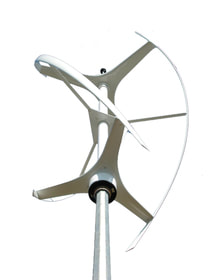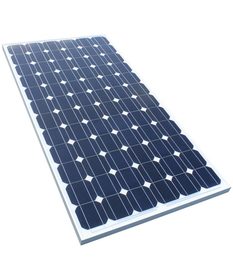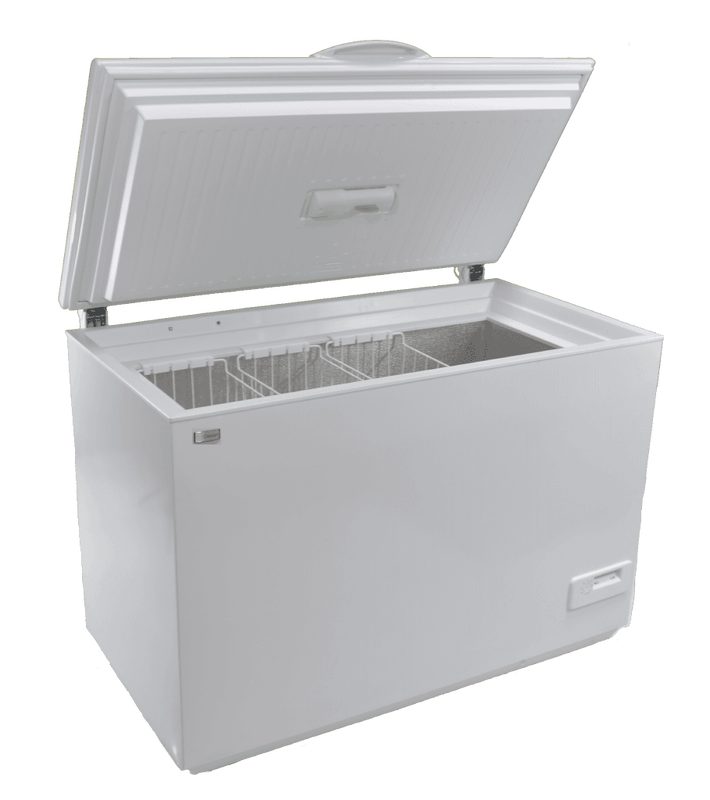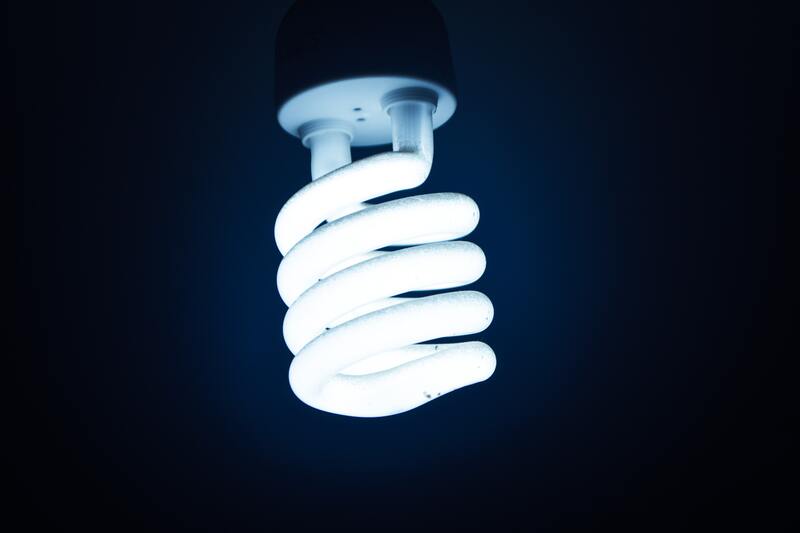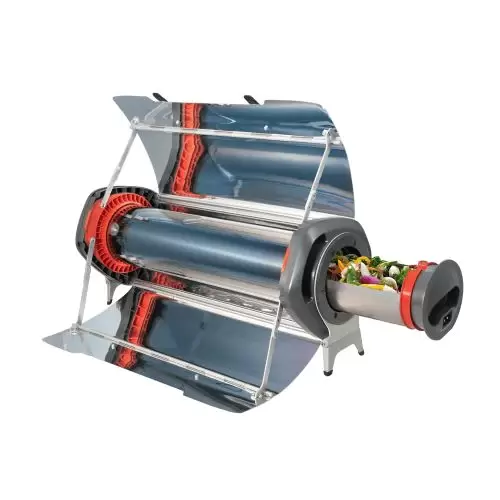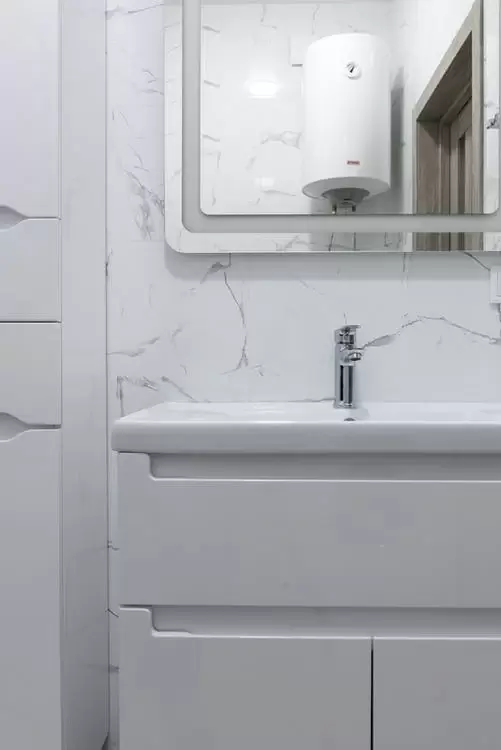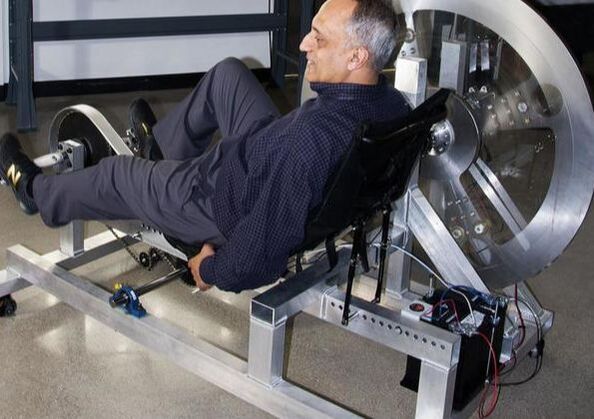80% of the energy we consume comes from fossil fuel energy sources. home (2009)
In regions where the sun, flowing water and constant wind are rare, being able to have power at an affordable rate is of utmost importance.
In one hour, the sun gives the Earth the same amount of energy as that consumed by all humanity in one year.
As long as the Earth exists, the sun’s energy will be inexhaustible.
All we have to do is stop drilling the Earth and start looking to the sky.
Can humans imitate plants and capture its energy?
LIFEHAUS generates it's own electricity through renewable and sustainable sources: Sun, water, wind AND humans energy, in line with passive technologies.
No electricity is required for heating or cooling.
To become energy self-sufficient on a reasonable budget, it’s necessary to reduce the consumption of electricity by adopting different optimization techniques:
© COPYRIGHT 2022 ALL RIGHTS RESERVED.


